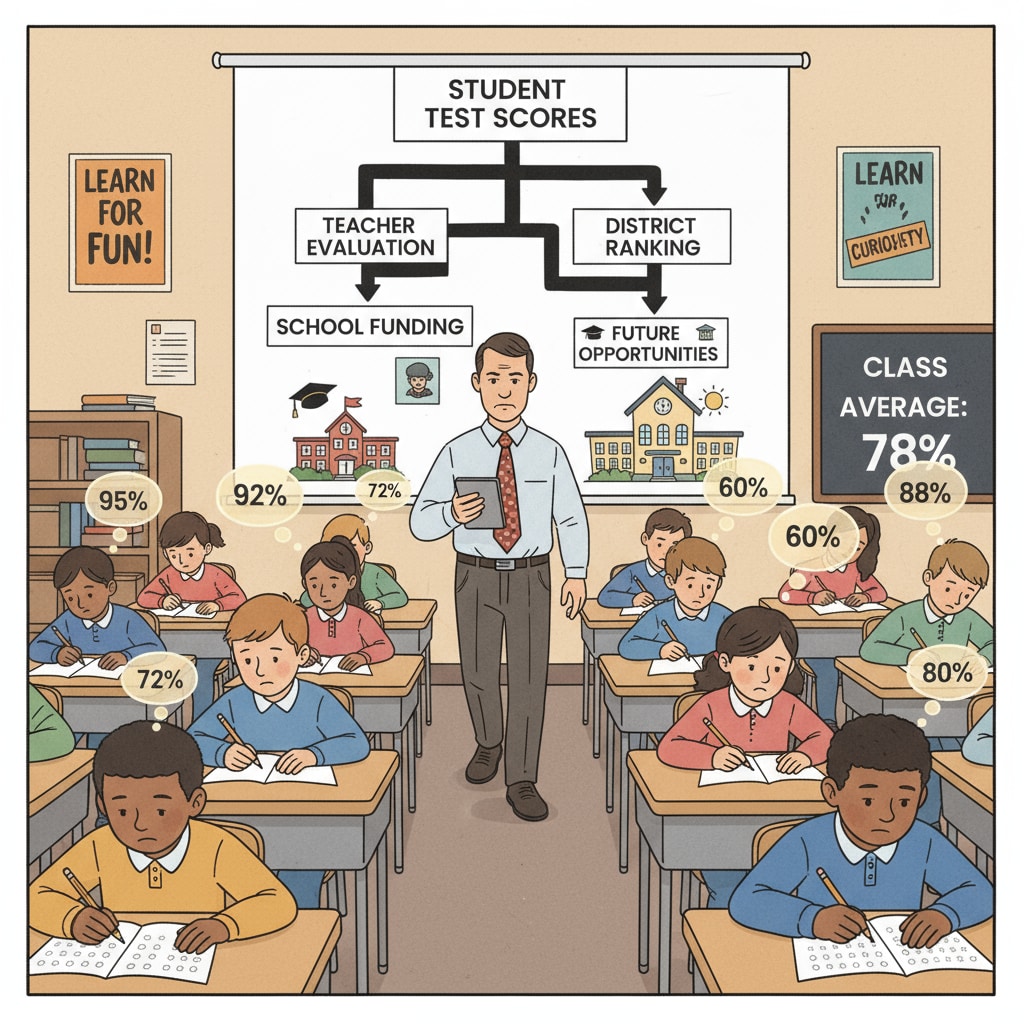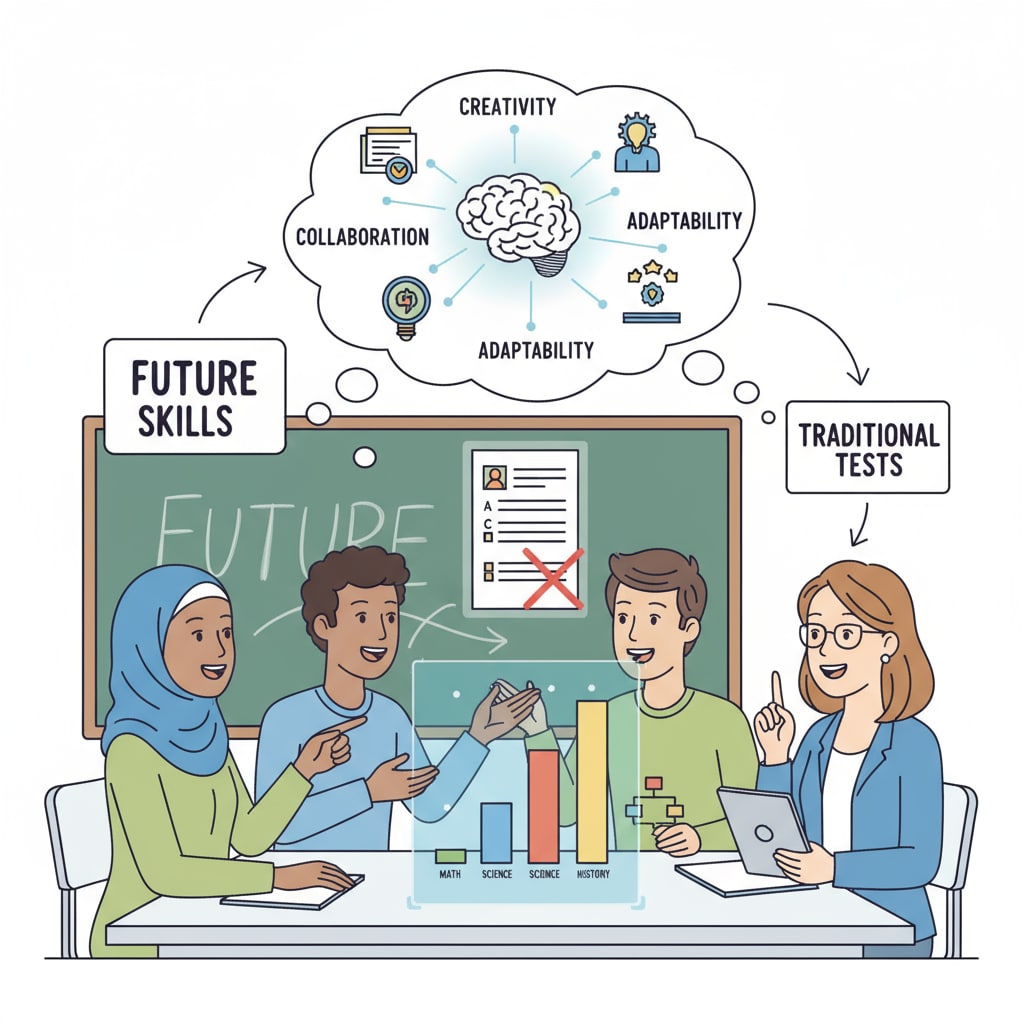In the realm of American public education, the intricate dance between education funds, test scores, and public schools has long been a topic of intense debate. The current system, which ties funding to an evaluation model centered on test scores and attendance, presents a complex web of challenges and contradictions.

The Link Between Funding and Evaluation
The financial health of public schools in the United States is closely intertwined with their performance on standardized tests and student attendance rates. State and federal governments allocate funds based on these metrics, with the intention of promoting educational quality and accountability. However, this approach has led to a situation where schools often prioritize test preparation over a well-rounded education. For example, many schools cut back on art, music, and physical education programs to make more time for test-related subjects, as these subjects are not directly measured in the evaluation system. This narrow focus on test scores fails to capture the true essence of education, which should encompass creativity, critical thinking, and social-emotional development.
The Flaws of the Current Evaluation Model
The over-reliance on test scores and attendance as the primary indicators of educational quality has several drawbacks. Firstly, standardized tests often measure rote memorization rather than deep understanding and application of knowledge. Students may be able to regurgitate facts for a test but lack the skills to think independently and solve real-world problems. Secondly, attendance rates do not necessarily reflect the quality of learning taking place in the classroom. A student may be present but disengaged, while a motivated student may miss a few days due to valid reasons such as illness or family emergencies. Moreover, this evaluation model places a disproportionate burden on disadvantaged students, who may face additional barriers such as poverty, language proficiency issues, and unstable home environments. These students are more likely to perform poorly on tests, not because of a lack of intelligence or effort, but due to external factors beyond their control.

Public schools are in a difficult position when it comes to rejecting the current evaluation system. On one hand, they risk losing significant funding if they do not meet the established test score and attendance targets. This financial loss can have a detrimental impact on school resources, teacher salaries, and educational programs. On the other hand, continuing to adhere to a flawed system may not be in the best interests of students. Some schools have started to explore alternative approaches, such as project-based learning, personalized instruction, and holistic assessment methods. However, implementing these changes requires additional resources and support from the state government.
The state government has a crucial role to play in reshaping the educational landscape. It can start by reevaluating the funding formula to decouple it from the current narrow evaluation metrics. Instead, funds could be allocated based on a more comprehensive set of criteria, including student needs, school resources, and the quality of educational programs. The government can also invest in professional development for teachers to help them implement alternative teaching and assessment methods. Additionally, it can create a supportive policy environment that encourages schools to take risks and innovate in education. By doing so, the state government can help public schools break free from the shackles of test scores and focus on providing a high-quality, well-rounded education for all students.
Readability guidance: The key points are presented in short paragraphs and lists for easy understanding. Each H2 section contains relevant information and aims to maintain a balance between passive and active voice, with an appropriate use of transition words to enhance the flow of the article.


